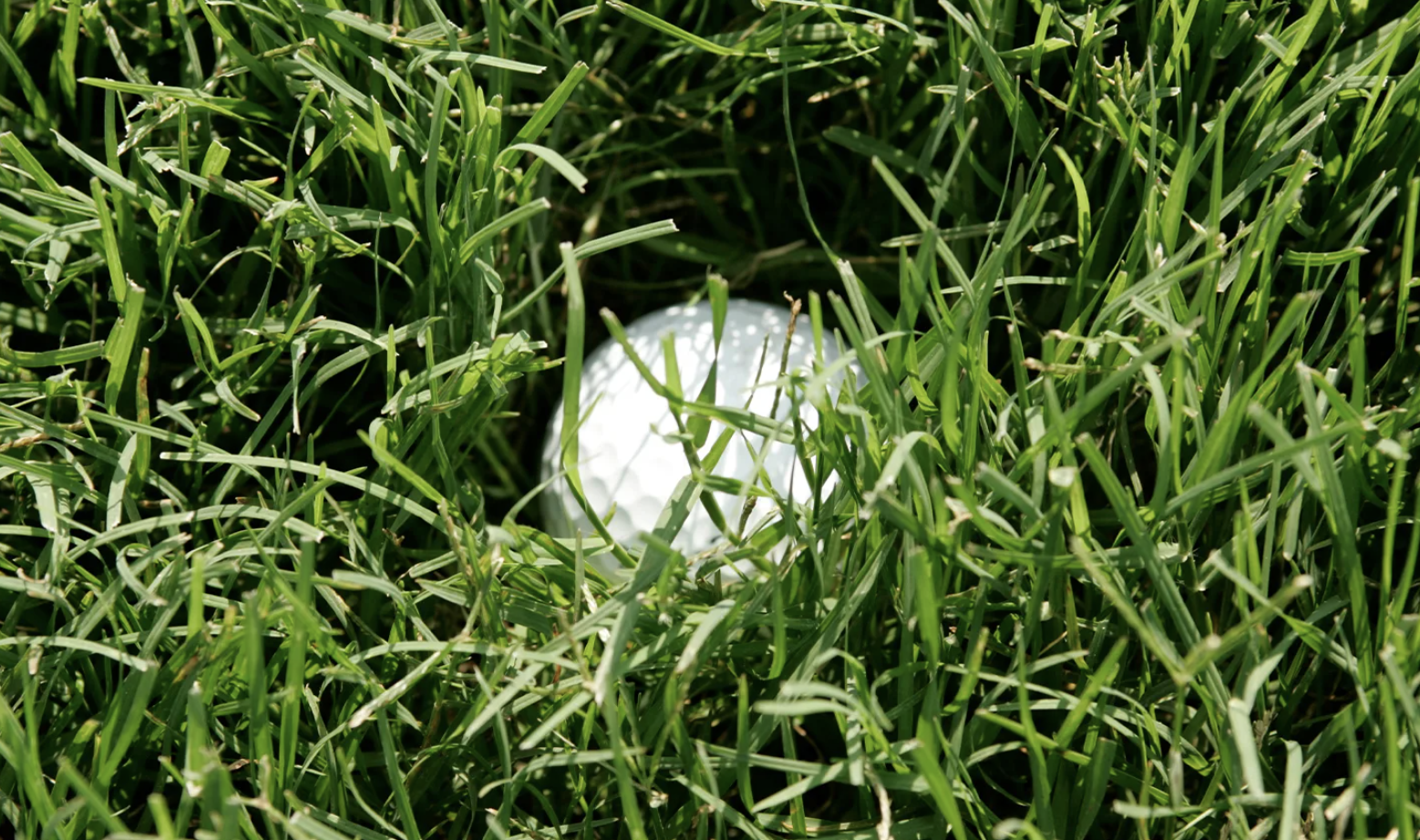USGA – Northeast Update – A Rough Time
While it goes without saying that this pandemic is affecting the entire golf community, it is also interesting to see how different regions have been affected by state-mandated closure of golf courses. The Northeast has been one of the hardest-hit parts of the country in this regard. Affected facilities have been generating little to no revenue, which has prompted maintenance staff sizes to be reduced significantly.
While temperatures were cool and turf growth was minimal, small maintenance crews were able to keep up with minimum maintenance, such as plant protectant applications and mowing. However, as temperatures begin to rise, course maintenance becomes more demanding. If staff sizes are still reduced, there are a few things golfers should expect when they get back out on the course:
- Rough height will likely be taller than usual. This is because the rough may not be mowed as frequently as it is under normal conditions. Additionally, the height may be set slightly higher than normal to avoid scalping and to reduce mowing requirements.
- High-traffic areas may not be as dense and healthy as usual. Many courses that are open are using a single-rider cart policy. This increases the number of carts used by the same number of players. Additionally, many courses have removed all ropes and stakes to streamline maintenance practices. This can result in concentrated traffic at pinch points. Golf cart users can help improve conditions by scattering cart traffic whenever possible.
- Green speed may be slightly slower than expected. Maintenance teams are prioritizing turf health while short staffed and may be mowing greens slightly higher to reduce mowing requirements.
- Golf course accessories, scorecards, tee markers, annual flower plantings and other nonessential items have been eliminated by some courses this year as maintenance teams are focusing their efforts on maintaining putting greens, tees and fairways.
There are a variety of different challenges faced by golf courses in the Northeast due to different state and local regulations as well as the financial status of individual golf courses. However, one thing is for sure – golf course maintenance teams have been facing a difficult task this year. As temperatures rise, it will only get more difficult.
Article written by Paul Jacobs.
Northeast Region Agronomists:
Adam Moeller, director, Green Section Education – amoeller@usga.org
Darin Bevard, director, Championship Agronomy – dbevard@usga.org
Elliott Dowling, agronomist – edowling@usga.org
Paul Jacobs, agronomist – pjacobs@usga.org
